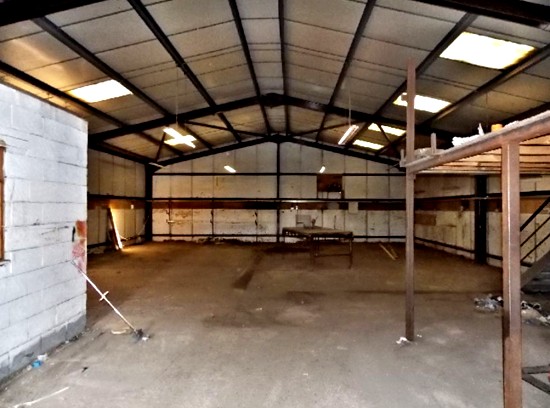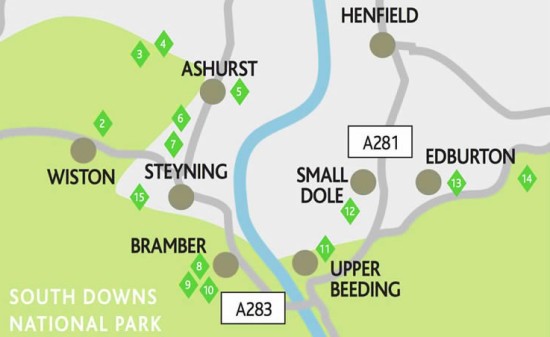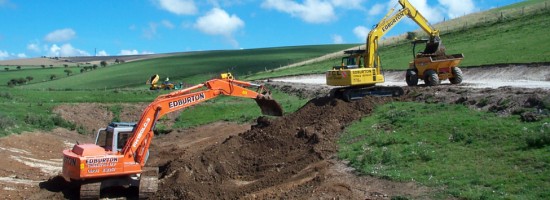Category: Edburton
Pimms & Hymns
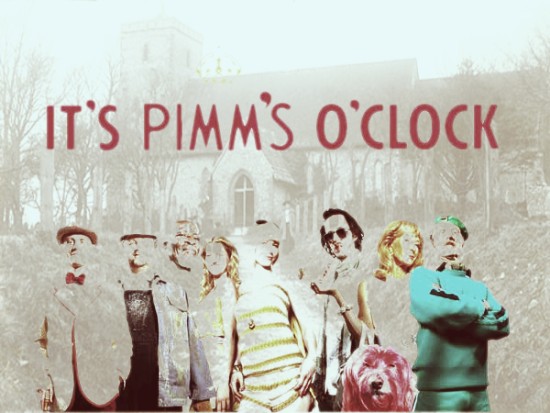
Steyning & District Food & Drink Festival
Edburton Contractors
The Rampion Trench page

Hitherto our reference page on the trench, listed in the sidebar menu, simply comprised two large maps. Following the government’s decision to permit construction, the page has been augmented with the content of our recent posts dealing with the inspectors’ report (on the traffic implications and on Tottington Mount) as well as several links to relevant government documents, most importantly The Rampion Offshore Wind Farm Order 2014. It is now listed under ‘The Environment’ submenu (it previously appeared under ‘About Our Village’).
Edburton School

The end of July brings two new items to the website’s local history section: Edburton School I by F.A. Howe and Edburton School II by Tony Brooks. Term starts 3rd Sept.
Edburton School I
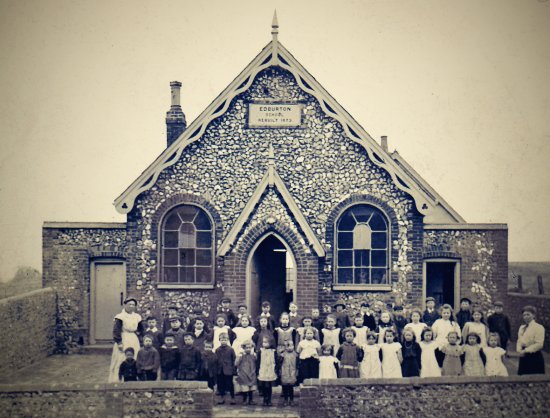
The church of England school for the parish began in the incumbency of the Reverend J.C.F. Tufnell by his enterprise and not without opposition (Blaker 1919, page 75). It was given its place under the Education Act of 1870, which made elementary education compulsory; the earliest deed is dated 1874. The building is now a private house at the county boundary, on the East Sussex side*. The ground plan has not been altered. A plan drawn in 1883, when an enlargement was to be made, shows the original school to have been the front classroom, entered by the present porch, and flanked by a cloakroom on the east, and lavatory accommodation on the west side. The second classroom then planned was to be behind the older one, and was duly erected. Henceforward, it was no longer necessary to teach all ages in one room, and the appointment of a second teacher became necessary. The building lies back from the road, leaving a small playing space in front, and in 1928 additional playing space was provided when Lord Leconfield, from whom the site was held at a peppercorn rent, gave additional land adjoining for the purpose.
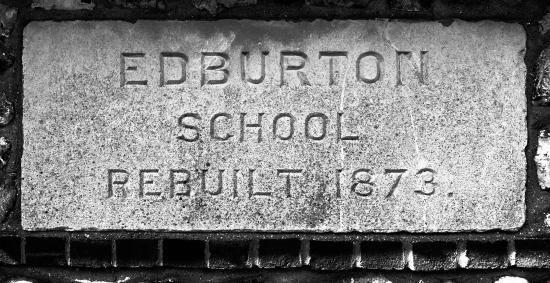
Of staff and teaching, the managers’ minutes, beginning in 1892, give the earliest surviving information. In 1902 Miss Hudson was appointed head mistress and she served the school for fifteen years. The date of her resignation, in the midst of the first world war, was unfortunate. The school languished under a series of short time appointments until under Miss Aldridge, appointed in 1925, the school steadily regained ground educationally, but numbers were falling with the declining birthrate of the post-war years.
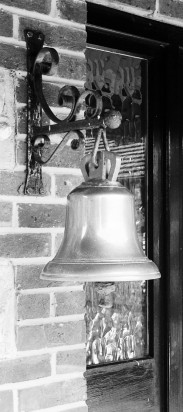
There seems never to have been a time since the minute books begin, when there was not difficulty in obtaining an assistant teacher. This was partly due to housing difficulties. There was no schoolhouse for the headteacher. In the earlier years it was customary to board the assistant teacher with a villager at half-a-crown a week, but in 1892 the managers decided to add a lodging allowance to the salary and leave the assistant to find her own lodgings. They accordingly made an appointment at the munificent salary of £26 pounds a year, including a lodging allowance of £6.
The school was closed in 1930, in accordance with the ‘Hadow plan’ which was being fostered by the Board (now the Ministry) of Education, by which schools were reorganised with an age break at eleven years, so that one school would consist of the younger children and a companion school or schools would receive them when they had passed their eleventh birthday. It was sometimes possible, when reorganising a group of schools in this way to eliminate a small or unsatisfactory school and so reduce public expenditure while offering better conditions for the children displaced. It was inevitable that Edburton school, with only 26 children, should be sacrificed. An agreement between the East and West Sussex County Councils, each of which was responsible for 13 of the children, sent the East Sussex juniors to Poynings and the seniors to Hurstpierpoint, while from the Edburton end of the parish the juniors went to Small Dole and Henfield and the seniors to Henfield.
F.A. Howe, 1958
[This essay comprises a transcription of the relevant material on pages 30-31 of Howe’s book. The photograph of the school at the top is also the same as that reproduced on page 101 of his book.]
Footnote:
*This was true when Howe was writing in 1958. But the house is now in West Sussex as is the rest of Edburton and Fulking.
References:
- N.P. Blaker (1919) Sussex in Bygone Days: Reminiscences of Nathaniel Payne Blaker. Hove: Combridges.
- F.A. Howe (1958) A Chronicle of Edburton and Fulking, Sussex. Crawley: Hubners.
See also Edburton School II.
Edburton School II
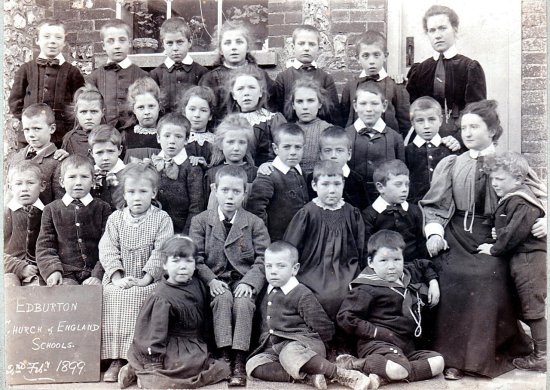
A school with a playground at the front was built around 1843 on the north side of the Edburton Road just east of what was, at the time, the boundary between East and West Sussex. Children started school at five years old, left at twelve and went straight to work. In later years the leaving age was raised to fourteen. On leaving school, girls usually went into domestic service in large houses and boys were employed as farm labourers, trainee gardeners or started five year apprenticeships with local tradesmen, as carpenters, builders or blacksmiths.
The original school was partly financed by Colonel George Wyndham, Lord of Truleigh Manor and administered by the Guardians of the Poor — the officials responsible for administration of laws relating to the Poor Law Amendment Act of 1834. Subsequently it became a Church School, mainly due to the efforts of the Reverend J.C.F. Tufnell, the Rector of St Andrew’s from 1840 until his death in 1866. The school was later to be recognised as such under the 1870 Education Act. In 1873 it was rebuilt by the Page family. At that time Eli Page farmed Perching and Richard Page farmed Aburton.
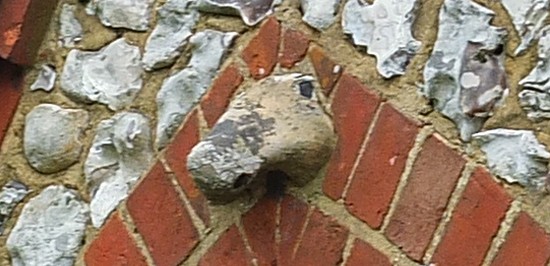
The keystone over the main door of the school incorporates a gargoyle called the ‘Parson’s Nose’, which originated when the school was being rebuilt. It seems that Reverend Tufnell (who had a prominent nose) and a member of the Page family had had a disagreement. Thus the Page family added the gargoyle over the door. Richard Page’s son Walter, born in 1870, always maintained that the nose had been added “in memory” of the Reverend Tufnell.
The commercial directories published over the relevant period tell us quite a bit about the history of the school. The 1851 edition of the Post Office Directory records the existence of a free school in Edburton and names Margaret Willett as the mistress. By the time of the 1855 edition she has married and the school is classified as a ‘National’ school. The 1858 Melville’s Directory has her as the mistress of “a free school, conducted on the National system”. The 1866 and 1878 Post Office Directories continue to mention the school but no mistress is identified perhaps because whoever it was lived outside the parish. The 1882 Kelly’s Directory, by contrast, is full of information:
National School, rebuilt in 1873, for 70 children; average attendance
54 & supported by school fees, a government grant & voluntary contributions;
Miss Parkes, mistress.
as is the 1887 edition of the same directory:
National school (mixed), rebuilt in 1873, enlarged 1883, for 90 children,
average attendance, 73; Miss Annie Smith, mistress.
The 1891 edition repeats this information but average attendance has fallen to 60 and Miss Emily Samson has replaced Miss Smith as the mistress. By 1899. average attendance has fallen to 32 (see the 1899 photo above) and Miss Hannah Humphreys has replaced Miss Samson as mistress. In 1905 the school is described as a ‘Public Elementary School’, average attendance has recovered to 65 and Miss Mabel Hudson has taken over from Miss Humphreys. Miss Hudson served as mistress at the school between 1902 and 1917. Average attendance had fallen to 48 by 1911. In 1922 Miss Averil Haigh was in post but the average attendance figure is omitted by Kelly’s. Miss Aldridge was appointed in 1925. She arrived at school every day on a motorbike, having ridden over from Steyning, which must have been quite a feat as the roads were little more than rough tracks and the reliability of motorcycles in those days was far from good. In her time one teacher took a class of 5-9 year olds and the other a class of 10-14 year olds. The pupils were all farm workers’ children who came from Aburton, Truleigh Manor, Truleigh Hill, Tottington Manor and Paythorne Farm. Other children from Fulking went to the school in Poynings.
Writing in 1957 about Edburton and Fulking as he had known them in the 1920s, Edgar Bishop wrote:
The one and only school — the Church School provided the education but unfortunately disagreement arose between the East and West Sussex Authorities over the administration, and the church lost the School. Incidentally the School had been given under a deed of trust by Lord Leconfield but unfortunately it lapsed and so bureaucracy stepped in and the school was closed.
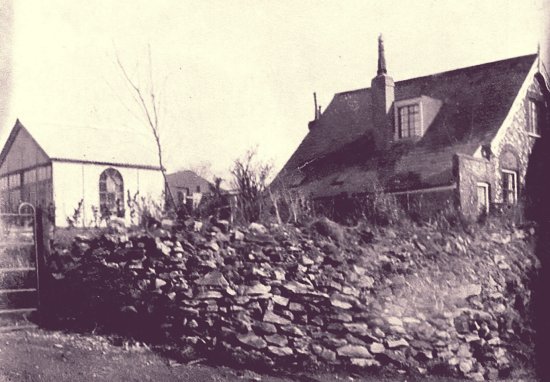
The building was sold and converted into a private house in 1932 and it was then rented out to Mr. and Mrs. Jay and their two daughters Hilda and May. They renamed the building ‘Boundary House’ as it was still situated on the boundary of East and West Sussex at that time. It was later sold on to Amy Harris but the Jays continued to rent it from her. They established a tearoom in the grounds — the ‘Dainty Tearoom’ — that was run by May and her mother.
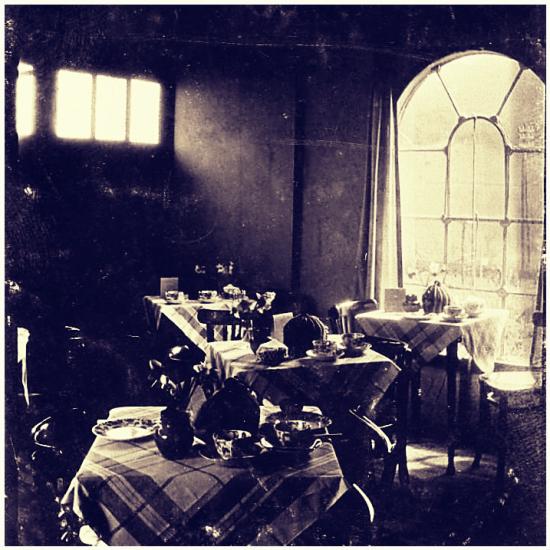
The Jays also had a small area set aside for the sale of sweets and cigarettes in the house itself, although the latter was not fitted out as a traditional sweet shop. This was run by Hilda. Customers simply went to the back of the house and selected their sweets from a glass case set just inside the door or from screw top glass jars. Cigarettes and tobacco were displayed on shelves. One slight drawback was that in winter the room was heated with a paraffin stove, which caused the room to smell of paraffin and tended to taint the sweets. Nevertheless, it was a popular place with the local children who bought their sweets there. Hilda was known to be a little generous on the weights when serving. At the north end of the garden were two old railway carriages, which were let out to regular visitors as holiday homes, providing additional income and helping to pay the rent of £50 per year. Mr. Jay was blind but he had been a talented miniature painter in his younger days and was reputed to have painted some of the miniature items for Queen Mary’s dolls house completed in 1925, and displayed at Windsor Castle today. His blindness was attributed to carrying out this intricate work. The Jay family continued to rent the property until 1980.
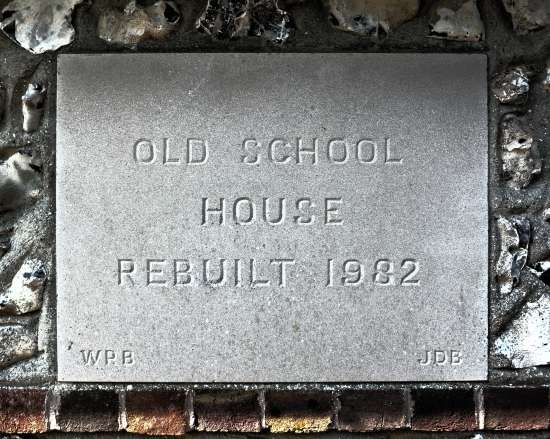
The present owners purchased the house in 1980 and changed the name to ‘Old School House’. When they moved in, the two cloakrooms, whose doors flank the main building, still contained the coat-hangers that the children would have used half a century before. They rebuilt the house in 1982 but the character of the original was preserved. Over time, extensions to the rear have been added and a storage shed has been replaced with a garage, but great care has been taken to preserve the features of the original school building.
Tony Brooks
See also Edburton School I.
[Copyright © 2014, Anthony R. Brooks. Adapted from Anthony R. Brooks (2008) The Changing Times of Fulking & Edburton. Chichester: RPM Print & Design, pages 365-368, 370-373.]
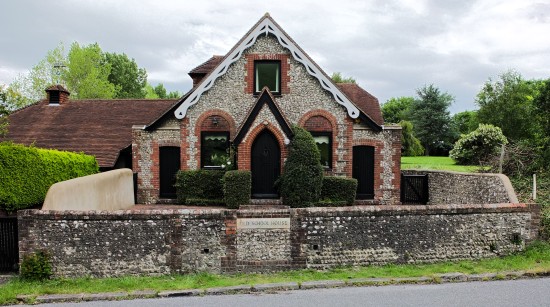
Trench traffic

Local residents who still haven’t found time to read the report [PDF 5,900 pages] may be wondering what impact the trench is going to have on them. The answer, at least for those who live to the east of Truleigh Manor Farm, appears to be “not a lot”.
The main construction compound for the entire trench will be at the side of Edburton Road (page 153) and about 100m x 50m in size (page 159). The report itself does not show exactly where this compound will be located but it seems safe to assume that it will be very close to the point where the trench intersects the road (see above). Given the route that the trench will take, the main works traffic from this compound will use the A2037 rather than coming through Fulking and Poynings. There will be some temporary disruption to Horn Lane and to the A281 in Woodmancote when the trench is cut across them.
Minister approved trench today

The West Sussex County Times reports:
Onshore construction is expected to start in 2015 and the project including the offshore installation will take four years to complete.
The Argus adds:
For the wind farm to go ahead the company will need to make a final investment decision on the project, and apply for subsidies.
You will surely also want to read the 590-page report from Yr Arolygiaeth Gynllunio: Rampion Offshore Wind Farm and connection works — Examining Authority’s Report of Findings and Conclusions and Recommendation to the Secretary of State for Energy and Climate Change [PDF].
The route of the envisaged trench through Edburton is shown here.

